Mediterranean Couscous Salad Fresh and Flavorful Dish
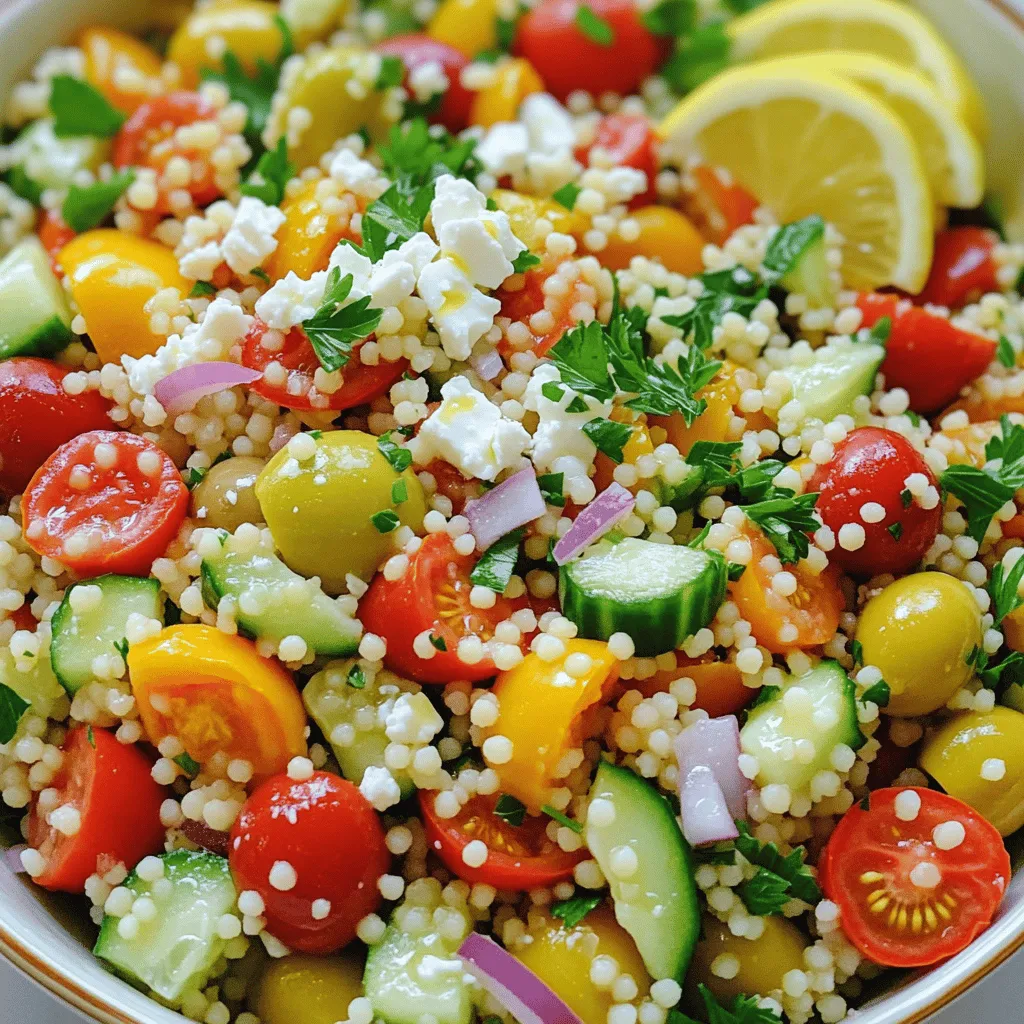
Are you ready to brighten your meals with a burst of flavor? This Mediterranean Couscous Salad is not just a dish; it’s a celebration of fresh veggies, herbs, and robust dressing. Packed with crunchy textures and vibrant colors, it’s perfect for any occasion. Join me as we dive into the easy steps to create this hearty salad, explore ingredient options, and discover tips to make your dish shine!
Ingredients
Main Ingredients Needed
- Couscous: This tiny pasta is the base of our salad. It cooks quickly and has a light texture.
- Vegetables and Herbs: Use fresh cherry tomatoes, cucumber, bell pepper, red onion, and parsley. These add crunch and color.
- Dressing Components: A simple mix of olive oil, lemon juice, and oregano brings all the flavors together.
Suggested Brands for Quality Ingredients
- Recommended Couscous Brands: I like using brands like Near East or Bob’s Red Mill. They offer good texture and flavor.
- Best Olives and Feta Cheese Choices: Look for Kalamata olives from a reliable brand like Divina. For feta, try Athenos or Mt. Vikos for creamy taste.
Measurements and Substitutions
- Alternative Ingredients: If you’re vegan, swap feta with tofu or avocado. For gluten-free, use quinoa instead of couscous.
- Measurement Conversions: Remember that 1 cup of dry couscous roughly equals 2 cups cooked. This helps in meal planning.
Step-by-Step Instructions
Preparing the Couscous
Boiling the Vegetables Broth
Start by pouring 1 ¼ cups of vegetable broth into a medium saucepan. Heat it on medium until it starts to boil. Watch closely, as this takes just a few minutes.
Mixing and Cooling Couscous
Once the broth is boiling, remove it from heat. Stir in 1 cup of couscous and cover the pot. Let it sit for 5 minutes. This allows the couscous to soak up the broth. After 5 minutes, fluff it with a fork. Set it aside to cool completely.
Combining the Ingredients
Adding Fresh Vegetables
In a large mixing bowl, combine the cooled couscous with fresh veggies. Add 1 cup of halved cherry tomatoes, 1 diced cucumber, 1 diced bell pepper, and ½ finely chopped red onion. Mix them gently so they are evenly spread.
Incorporating Cheese and Olives
Next, add ½ cup of pitted Kalamata olives, sliced, and ½ cup of crumbled feta cheese. Also, toss in ¼ cup of chopped fresh parsley. Stir everything together lightly to keep the ingredients intact.
Making the Dressing
Whisking Ingredients Together
In a small bowl, whisk together 3 tablespoons of olive oil, 2 tablespoons of lemon juice, and 1 teaspoon of dried oregano. Add salt and pepper to taste. Mix well until all ingredients blend smoothly.
Timing for Best Flavor
Pour the dressing over the couscous mixture. Gently toss until everything is coated. For the best taste, chill the salad in the refrigerator for at least 30 minutes. This helps the flavors blend wonderfully.
Tips & Tricks
Perfecting Flavor Combinations
Balancing Seasonings
To make a great Mediterranean couscous salad, balance the flavors well. Use salt and pepper to enhance taste. Lemon juice adds brightness, while olive oil gives richness. Fresh herbs, like parsley, bring a fresh kick. Taste your salad as you mix. Adjust seasonings until it sings.
How to Choose Fresh Produce
Always pick the freshest ingredients. Search for cherry tomatoes that are bright and firm. Cucumbers should feel crisp, not soft. Choose bell peppers with smooth skin and vibrant color. When buying red onions, look for ones without soft spots. Fresh veggies make your salad pop with flavor.
Presentation Ideas
Serving Suggestions
Serve your salad in a large, shallow bowl. This allows guests to see all the colorful ingredients. You can also divide it into smaller bowls for individual servings. A family-style presentation invites everyone to dig in and share.
Garnishing for Visual Appeal
Garnish your salad with extra parsley to add color. A few lemon wedges on the side brighten the plate. If you have some, sprinkle toasted pine nuts on top for crunch. These touches make your dish look as good as it tastes.
Tips for Meal Prep
Making Ahead & Storing
You can prepare this salad ahead of time. Just keep it in the fridge for up to three days. The flavors get better as they mix. If you want to make it even earlier, store the dressing separately. Combine them right before serving.
Best Containers for Storage
Choose airtight containers for storing your salad. Glass containers work well because they don’t stain. If you prefer plastic, make sure it’s BPA-free. Label your containers with the date. This helps you remember when you made it.
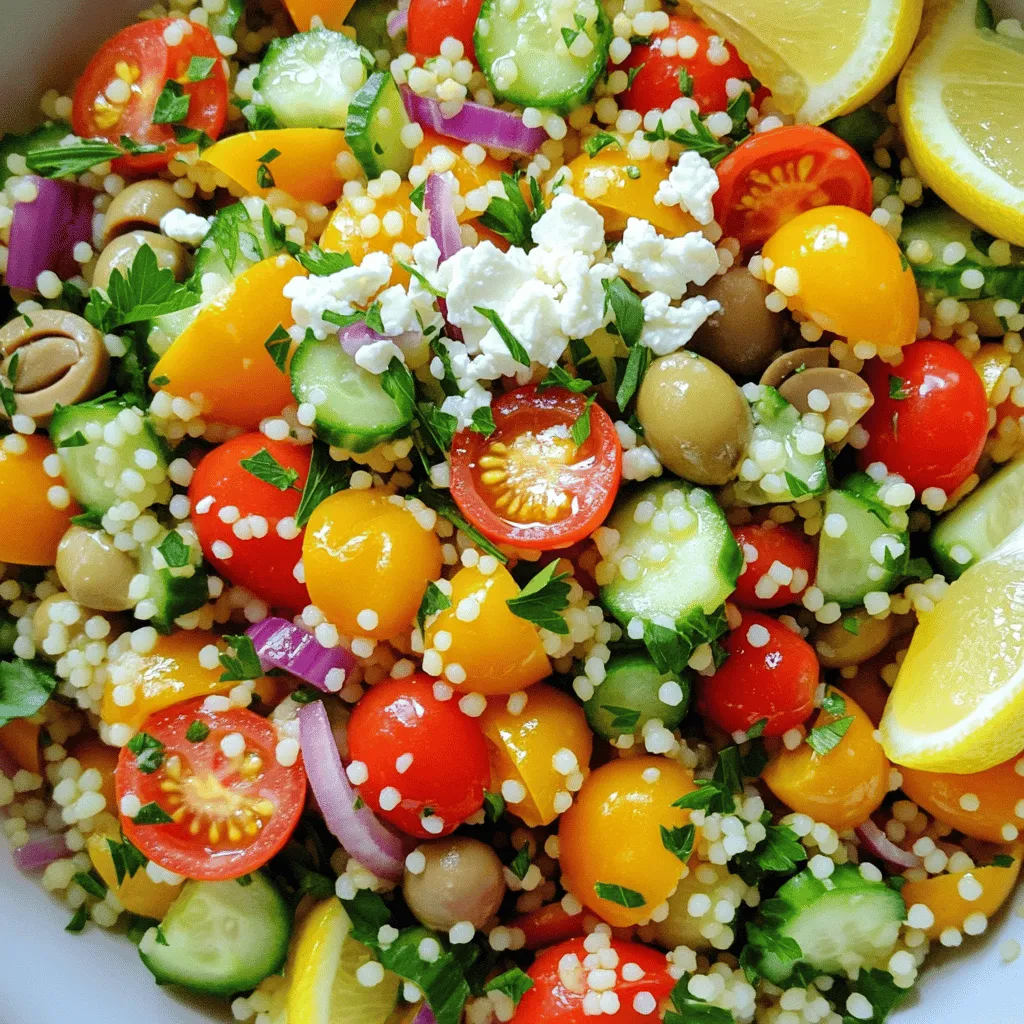
Variations
Customizing Your Salad
You can make your Mediterranean couscous salad special by adding proteins. Chicken works great. Just grill or roast it first. You can also add chickpeas for a tasty vegetarian option. They add protein and fiber. If you’re vegan, skip the cheese and use more veggies.
Flavor Enhancements
Herbs and spices can elevate your salad. Fresh parsley brightens the taste. You can also try basil or mint for a new twist. Don’t forget to experiment with dressings. A balsamic vinaigrette can add depth. Try mixing lemon juice with garlic for a zesty kick.
Seasonal Ingredients
Using seasonal ingredients makes your salad even better. In summer, add ripe peaches or juicy strawberries for sweetness. These fruits pair well with feta. In winter, consider roasted root vegetables. Carrots or sweet potatoes can add warmth and comfort to the dish.
Storage Info
How to Store Leftovers
Store your Mediterranean couscous salad in an airtight container. This keeps the salad fresh and tasty. Place it in the fridge right after serving. The salad can last for up to three days. After that, the veggies may get soggy.
Freezing Options
Can couscous salad be frozen? Yes, but it may change in texture. If you choose to freeze it, store it in a freezer-safe container. Use it within one month for the best taste.
For thawing, take it out of the freezer and place it in the fridge overnight. Reheat gently on the stove or in the microwave. Add a splash of olive oil to restore some moisture if needed.
Signs of Spoilage
Look for changes in color or smell. If the salad smells off or looks slimy, it’s time to throw it away. Always check for mold or dry spots.
Safe food handling tips include washing your hands before cooking and storing food promptly. This helps avoid any foodborne illness.
FAQs
What is couscous made from?
Couscous comes from durum wheat. It is small granules that absorb water and expand. There are several types. The most common is Moroccan couscous, which is fine. Israeli couscous, also called pearl couscous, is larger and chewier. Whole wheat couscous is a healthier option. It has more fiber and nutrients. Each type brings a unique texture to dishes. You can choose based on your taste and diet needs.
Can I use different dressings?
Yes, you can use many kinds of dressings! A classic vinaigrette works well. You can mix olive oil, vinegar, and herbs for a quick option. Try a yogurt-based dressing for creaminess. A tahini dressing adds a rich, nutty flavor. You can also experiment with citrus dressings. Lemon or orange juice can brighten the salad. Feel free to play with herbs and spices to create your own twist.
Is Mediterranean Couscous Salad healthy?
Yes, Mediterranean Couscous Salad is very healthy! It includes fresh veggies like tomatoes, cucumbers, and peppers. These provide vitamins and minerals. Kalamata olives add healthy fats, which are good for your heart. Feta cheese adds protein and calcium. Couscous itself offers carbohydrates for energy. This salad is low in calories but high in nutrients. Eating it can support a balanced diet.
This Mediterranean Couscous Salad is simple and tasty. You learned about key ingredients like couscous, fresh veggies, and flavorful dressings. The right brands matter for quality taste. You can tweak measurements to fit your needs. Remember, presenting your salad well makes it even better! Don’t forget the many ways to customize it with proteins and dressings. Store leftovers safely to enjoy later. Overall, this dish offers healthy options and endless flavor! Enjoy creating your unique version of this delightful salad.
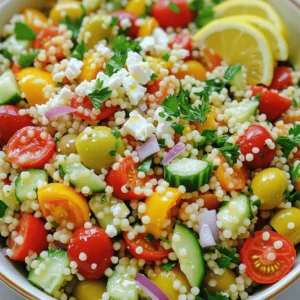

![To make this dish, you need fresh seafood and pasta. Here are the main ingredients: - 8 oz (225g) linguine or spaghetti - 1 lb (450g) shrimp, peeled and deveined - 1 lb (450g) scallops, patted dry These ingredients give you the perfect base for a seafood pasta that tastes like a dream. Seasoning can make or break your dish. Here are the key seasonings and additions: - 3 tablespoons olive oil, divided - 3 cloves garlic, minced - 1 cup cherry tomatoes, halved - 1 teaspoon red pepper flakes (adjust to taste) - 1 lemon, zested and juiced - 1 cup fresh spinach, roughly chopped - Salt and pepper to taste - Fresh parsley, chopped, for garnish These flavors blend beautifully, making your pasta lively and bright. You can use different types of pasta for this dish. I recommend: - Linguine - Spaghetti Both options work well. They hold the sauce nicely and pair well with the seafood. For a twist, try fettuccine or penne. Each adds its own charm to the dish. For the complete recipe, check out the [Full Recipe]. Start by filling a large pot with water. Add a pinch of salt to the water. Bring the water to a rolling boil. Once boiling, add 8 ounces of linguine or spaghetti. Cook it according to the package instructions until it's al dente. Before you drain it, save 1 cup of the pasta water. Drain the pasta and set it aside, keeping it warm. Grab a large skillet and place it over medium heat. Pour in 2 tablespoons of olive oil. Wait until the oil shimmers, then add 1 pound of shrimp, peeled and deveined. Cook the shrimp for about 2-3 minutes on each side. They should turn pink and opaque. Once done, use a slotted spoon to transfer the shrimp to a plate and set them aside. In the same skillet, add 1 tablespoon of olive oil. Gently place 1 pound of dry scallops in a single layer. Avoid crowding the pan. Sear the scallops for about 2-3 minutes without moving them. This helps form a golden crust. Flip the scallops over and sear the other side for another 2 minutes. Once cooked, remove them from the skillet and set them aside with the shrimp. Now it’s time to make the sauce. In the leftover oil, add 3 cloves of minced garlic and 1 teaspoon of red pepper flakes. Sauté for about 30 seconds until you smell the garlic. Be careful not to burn it! Then, add 1 cup of halved cherry tomatoes. Cook for 3-4 minutes until they soften and release their juices. Turn down the heat and stir in the juice and zest from 1 lemon. Add the cooked pasta directly to the skillet. Toss everything gently to combine. Use the reserved pasta water a little at a time. This creates a light, silky sauce. Toss in 1 cup of roughly chopped fresh spinach. Cook for 1 more minute until the spinach wilts. Carefully fold in the sautéed shrimp and scallops. Make sure they are evenly mixed throughout the pasta. Season with salt and pepper to taste. If you want more heat, add extra red pepper flakes. Now, plate the pasta in shallow bowls. Make sure each bowl has equal portions of seafood. Garnish with freshly chopped parsley for a colorful finish. Cooking shrimp and scallops just right is key. Shrimp cooks fast. It takes about 2-3 minutes per side. When they turn pink, they are done. Scallops need a little more time. Sear them for about 2-3 minutes on each side. They should have a nice golden crust. Keep an eye on them. Overcooked seafood can become tough. To boost the taste, try adding lemon zest and juice. This gives a fresh flavor. You can also toss in some fresh herbs like basil or dill. A pinch of red pepper flakes adds a nice kick. If you love cheese, sprinkle some grated Parmesan on top before serving. It melts beautifully over the warm pasta. Make your dish look as good as it tastes. Serve the pasta in shallow bowls. This allows the seafood to shine. Top with fresh parsley for a pop of color. You can also add a lemon wedge on the side for a bright touch. A drizzle of olive oil right before serving makes it look fancy. With these tips, your shrimp and scallop pasta will impress everyone at the table. For the full recipe, check above. {{image_4}} You can boost the nutrition of your shrimp and scallop pasta by adding vegetables. Fresh vegetables add color and flavor. Try these options: - Zucchini: Cut it into thin ribbons or small cubes. Sauté it for a few minutes until tender. - Bell Peppers: Slice them into strips and add them with the garlic for a sweet crunch. - Asparagus: Chop into pieces and add it in the last few minutes of cooking. - Broccoli: Steam it briefly before tossing it into the pasta for a healthy addition. Adding vegetables not only makes your meal more balanced, but it also adds great texture and flavor! While shrimp and scallops are delicious, you can mix up the proteins in this dish. Here are some tasty alternatives: - Chicken: Use bite-sized pieces of cooked chicken for a heartier meal. - Mussels: Add these tasty shellfish for a unique twist and a rich flavor. - Crab: Lump crab meat offers a sweet taste that pairs well with the pasta. Feel free to experiment with different proteins. Each option brings its own flavor and charm to the dish. Changing the sauce can completely alter the dish. Here are some sauce ideas to consider: - Creamy Alfredo: Replace the olive oil with heavy cream for a rich, creamy texture. - Pesto: Toss in fresh basil pesto before serving for a vibrant and herby flavor. - Tomato Sauce: Use a light marinara sauce for a classic Italian touch. Each sauce option adds a new layer of taste to your pasta. Explore these variations to find your favorite! For the complete recipe, check out the Full Recipe. To keep your shrimp and scallop pasta fresh, first let it cool. Place the pasta in an airtight container. Make sure to separate the seafood if possible. It helps keep everything fresh. Store it in the fridge for up to three days. This way, you can enjoy it later without losing flavor. When you are ready to eat, reheat the pasta gently. Use a skillet over low heat. Add a splash of water or olive oil to keep it moist. Stir frequently to heat evenly. This method helps keep the shrimp and scallops tender. Avoid using a microwave, as it can make them rubbery. You can freeze shrimp and scallop pasta if you want to save it longer. Use a freezer-safe container or bag. Make sure to remove as much air as possible. It will keep for up to two months. When you are ready to eat, thaw it in the fridge overnight. Reheat it slowly to keep the flavors and textures intact. For the full recipe, check the details above. I recommend using linguine or spaghetti for this dish. Both types hold the sauce well. Their long strands capture all the flavors from the shrimp and scallops. You want a pasta that balances with the seafood. Yes, frozen shrimp and scallops work great here. Just thaw them beforehand. This makes sure they cook evenly. The flavor stays fresh and delicious, even with frozen seafood. To make the dish less spicy, reduce or skip the red pepper flakes. You could also add a bit more lemon juice for a fresh taste. This will balance the flavor without adding heat. I suggest a light salad or garlic bread. A fresh green salad adds a nice crunch. Garlic bread complements the dish and soaks up the sauce well. Both options enhance your dining experience without overpowering it. You can find the full recipe for Seaside Delight Shrimp and Scallop Pasta in the earlier sections of this article. It provides all the details you need to create this tasty meal. In this blog post, we explored how to make delicious shrimp and scallop pasta. We reviewed main ingredients, seasonings, and pasta types. I shared step-by-step instructions, cooking times, and tips for flavor and presentation. We also discussed variations like adding vegetables and different sauces. Lastly, I provided storage methods and answered common FAQs. Cooking this dish can be easy and fun. You can impress your family and friends with your new skills. Enjoy creating and tasting your pasta dish!](https://dailydishlab.com/wp-content/uploads/2025/06/c6436c47-e976-4ac6-abd7-ac1aef5e871c-768x768.webp)
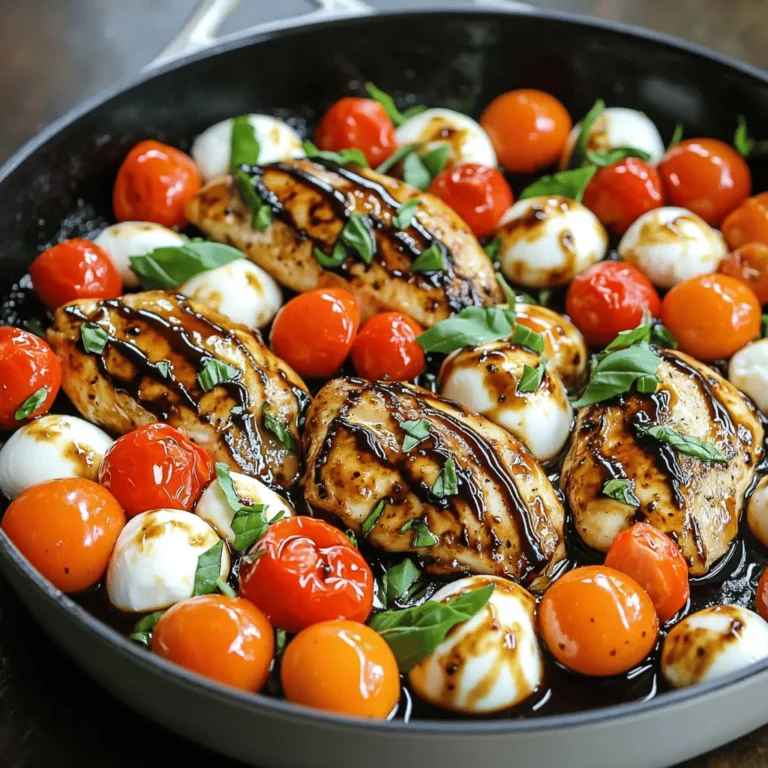
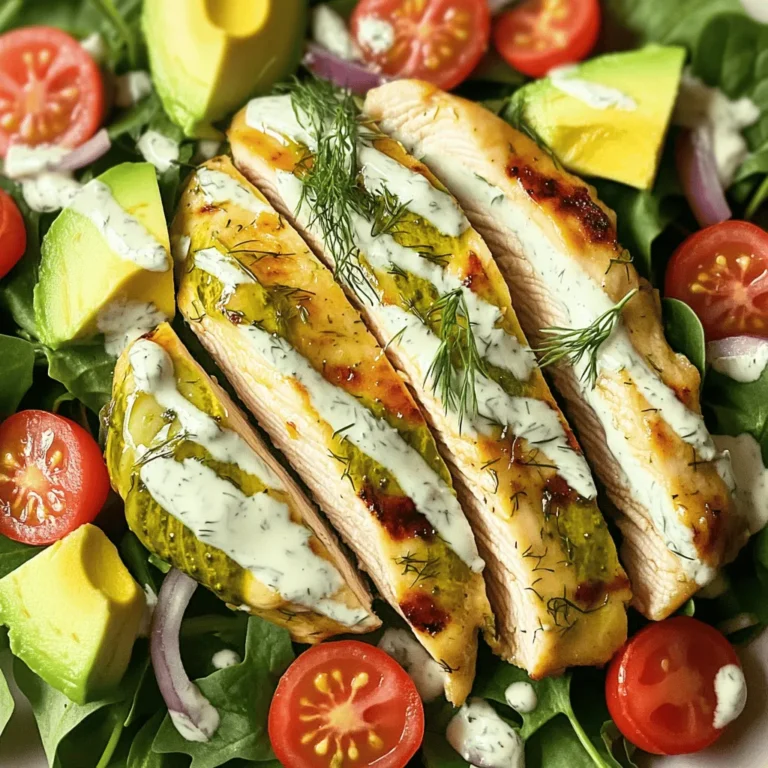
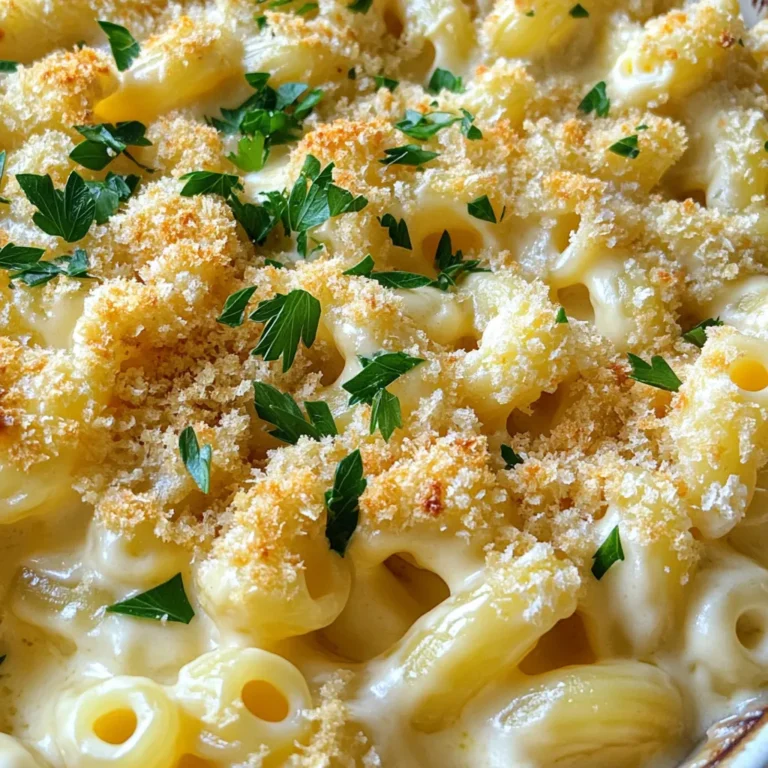
![- 2 cans (15 oz each) of white beans (cannellini or great northern), drained and rinsed - 1 medium onion, chopped - 4 cloves garlic, minced - 4 cups vegetable broth - 1 cup coconut milk (or heavy cream for a richer flavor) - 2 tablespoons olive oil - 1 teaspoon dried thyme - 1 teaspoon smoked paprika - Salt and pepper to taste - Fresh parsley, chopped (for garnish) When making creamy garlic white bean soup, you need simple and fresh ingredients. White beans serve as the base. They provide creaminess and protein. I prefer cannellini or great northern beans. Both are soft and smooth. A medium onion adds depth and sweetness to the soup. Garlic brings strong flavor. I use four cloves for a nice kick. Vegetable broth adds rich taste. You can use homemade or store-bought broth. Coconut milk gives the soup its creamy texture. For a richer taste, heavy cream works well too. Olive oil is essential for sautéing the onion and garlic. Dried thyme and smoked paprika add warmth and earthiness. Season with salt and pepper to make the flavors pop. Finally, fresh parsley brightens the dish when you serve it. This soup is easy to make and very satisfying. You can find the full recipe for this dish above. This soup is not only tasty but also healthy. It is high in fiber and protein due to the beans. The coconut milk adds healthy fats. Each serving provides a good balance of nutrients. You can change some ingredients to suit your taste. If you want a different bean, try chickpeas or navy beans. Red onion works well instead of yellow. For a spicy kick, add a pinch of red pepper flakes. If you need a dairy-free option, stick with coconut milk. This soup is flexible and can fit many diets. Start by gathering all your ingredients. You need two cans of white beans, an onion, garlic, vegetable broth, coconut milk, olive oil, dried thyme, smoked paprika, salt, and pepper. Chop the onion into small pieces. Mince the garlic cloves. Drain and rinse the beans well to remove excess sodium. This prep work makes cooking quick and easy. In a large pot, heat the olive oil over medium heat. Once hot, add the chopped onion. Sauté for about five minutes or until the onion turns clear. Next, add the minced garlic. Cook it for two more minutes. This helps to release the garlic’s flavor. Stir in the drained white beans, thyme, smoked paprika, salt, and pepper. Mix everything well to coat the beans in flavor. Now, pour in the vegetable broth. Bring the mixture to a boil. When it starts to boil, lower the heat and let it simmer for 15 to 20 minutes. This time allows the flavors to blend. After simmering, it’s time to blend the soup. I recommend using an immersion blender for this. Blend until the soup is smooth and creamy. If you want some texture, blend just half of the soup. This way, you still have chunks of beans to enjoy. Stir in the coconut milk and heat the soup for another five minutes. Taste it and adjust the seasoning if needed. Serve hot and garnish with fresh parsley. For the full recipe, check out the details above. Enjoy your creamy garlic white bean soup! To make your soup nice and creamy, blend well. I use an immersion blender. This tool lets you puree the soup right in the pot. If you want some texture, blend only half. For extra creaminess, add coconut milk or heavy cream. This makes the soup rich and smooth. Good seasonings can make a big difference. I love using dried thyme and smoked paprika. These give the soup depth and warmth. You can also add a pinch of cayenne for some heat. Don't forget to taste and adjust the salt and pepper. This will bring out all the flavors. Serve your soup hot, topped with fresh parsley. This adds color and a fresh taste. You can pair it with crusty bread or a light salad. For a complete meal, try adding grilled chicken or sautéed greens. Enjoy it with friends or family for a cozy meal. Check out the Full Recipe for more tips! {{image_2}} You can easily add protein to your creamy garlic white bean soup. For a heartier meal, try adding cooked chicken or turkey. Just shred the meat and stir it in during the last few minutes of cooking. If you want a plant-based option, add cooked quinoa or chickpeas. Both will blend well with the creamy texture of the soup without overpowering its flavor. This soup is naturally vegetarian. To make it vegan, simply use coconut milk instead of heavy cream. The coconut milk gives a rich taste and keeps it creamy. You can also add nutritional yeast for a cheesy flavor without dairy. This way, you can enjoy a warm, fulfilling dish that fits your dietary needs. To boost the flavor, try adding fresh herbs like rosemary or basil. They add a nice touch and aroma. You can also play with spices. A pinch of red pepper flakes gives a nice kick. If you love a smoky flavor, add more smoked paprika. For a fresh twist, squeeze a little lemon juice right before serving. These simple changes keep the soup exciting each time you make it. For the full recipe, check out the detailed cooking steps! Store any leftover creamy garlic white bean soup in an airtight container. Make sure it is cool before sealing the lid. You can keep it in the fridge for up to four days. If you want to enjoy it later, storing it properly will keep it fresh. You can freeze this soup for longer storage. Use freezer-safe containers or bags. Leave some space at the top, as the soup will expand when it freezes. The soup can last in the freezer for up to three months. When you're ready to eat it, thaw it in the fridge overnight. To reheat the soup, pour it into a pot over medium heat. Stir it gently as it warms. You can also microwave it in a safe bowl. Heat in short bursts, stirring in between. If the soup seems too thick, add a splash of vegetable broth or water to reach your desired consistency. Enjoy it warm for a cozy meal! For the full recipe, check out the link provided. Creamy garlic white bean soup lasts about 4 to 5 days in the fridge. Keep it in a sealed container. This way, it stays fresh and safe to eat. Always check for any off smells or changes in color before enjoying leftovers. Yes, you can use dried beans. Just soak them overnight before cooking. Use about 1 cup of dried beans for this soup recipe. After soaking, cook them until tender, then follow the recipe as usual. This adds a nice texture and flavor to your soup. You can serve white bean soup with crusty bread or a fresh salad. Grilled cheese sandwiches also pair nicely. For a heartier meal, try a side of roasted vegetables. These sides can bring out the yummy garlic flavor in the soup. Yes, you can make this soup ahead of time. It tastes even better the next day as the flavors blend. Just store it in the fridge after cooking. Reheat it on the stove when ready to serve. Absolutely! This soup is packed with fiber and plant-based protein. White beans are great for your heart. The garlic adds flavor and has health benefits too. It’s a wholesome choice for any meal. Yes, this soup freezes well. Let it cool completely before transferring it to freezer-safe containers. It can last for up to 3 months in the freezer. Just thaw in the fridge overnight and reheat when ready to eat. If you want a kick, add red pepper flakes or hot sauce. Stir in these spicy additions during cooking. This will give your creamy garlic white bean soup a warm, zesty flavor that wakes up your taste buds. For a richer flavor, you can use heavy cream instead of coconut milk. This will give the soup a creamier texture. You can also add more garlic for a stronger taste. Experiment with flavors to find your perfect mix. To make the soup more filling, add diced potatoes or carrots during cooking. You can also stir in cooked grains like quinoa or rice. These options will add bulk and nutrients to your meal. Yes! Fresh parsley adds a nice touch. You can also use croutons or a drizzle of olive oil for extra flavor. Garnishing makes the soup look appealing and adds a bit of crunch. For the full recipe, check out the [Full Recipe]. This blog post covered how to make creamy garlic white bean soup. We went through ingredients, nutritional info, and cooking steps. I shared tips for a creamy texture and flavor must-haves. You learned about serving options and variations too. In summary, this soup is easy and healthy. Feel free to customize it to fit your taste. Enjoy making it for friends, family, or yourself!](https://dailydishlab.com/wp-content/uploads/2025/07/b682e594-aaaa-4098-8015-8011c3b1faa4-768x768.webp)
